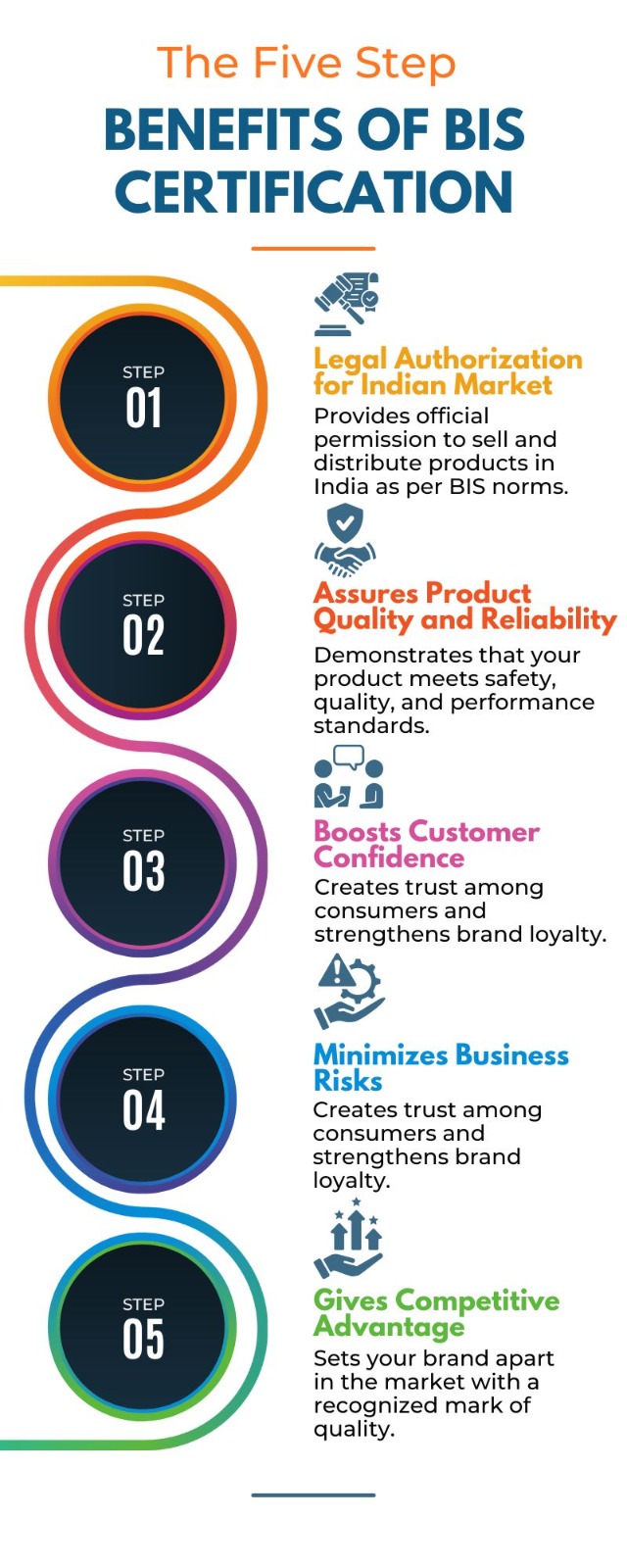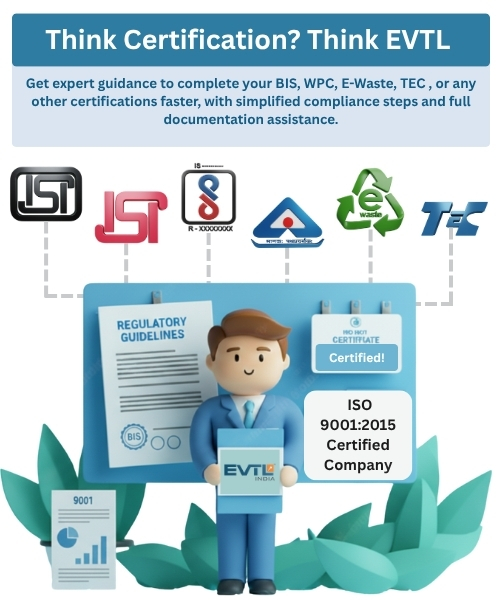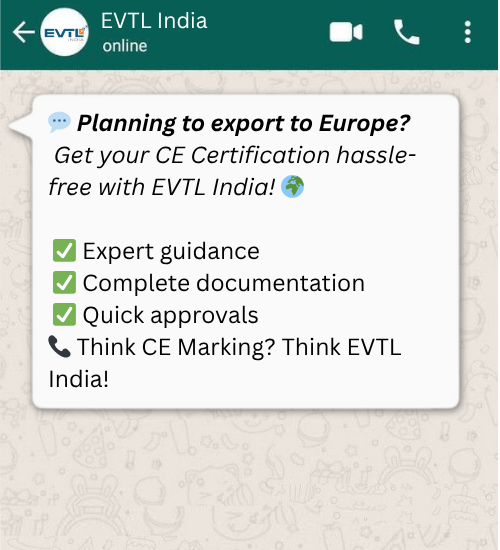Get A Quote
CE Certification
CE certification indicates that a product meets European safety, health, and environmental protection standards. It allows free movement within the European Economic Area, ensuring products are safe, reliable, and compliant with EU regulations before reaching consumers and markets. EVTL India offers consultation solution to the manufacturers to comply European standards.
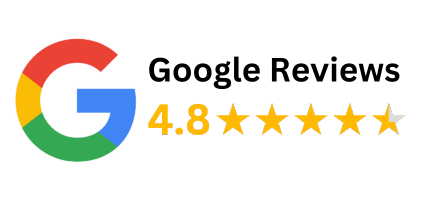
What Is CE Certification - Overview
The CE mark is a recognizable symbol on products sold within the European Economic Area (EEA). It indicates that the product complies with EU laws, specifically related to safety, health, and environmental standards.It’s important to note: CE marking is not a quality certification. Rather, it’s a self-declared or verified compliance label. Manufacturers or importers confirm that their product meets EU directives—sometimes independently, sometimes through a certified third-party.
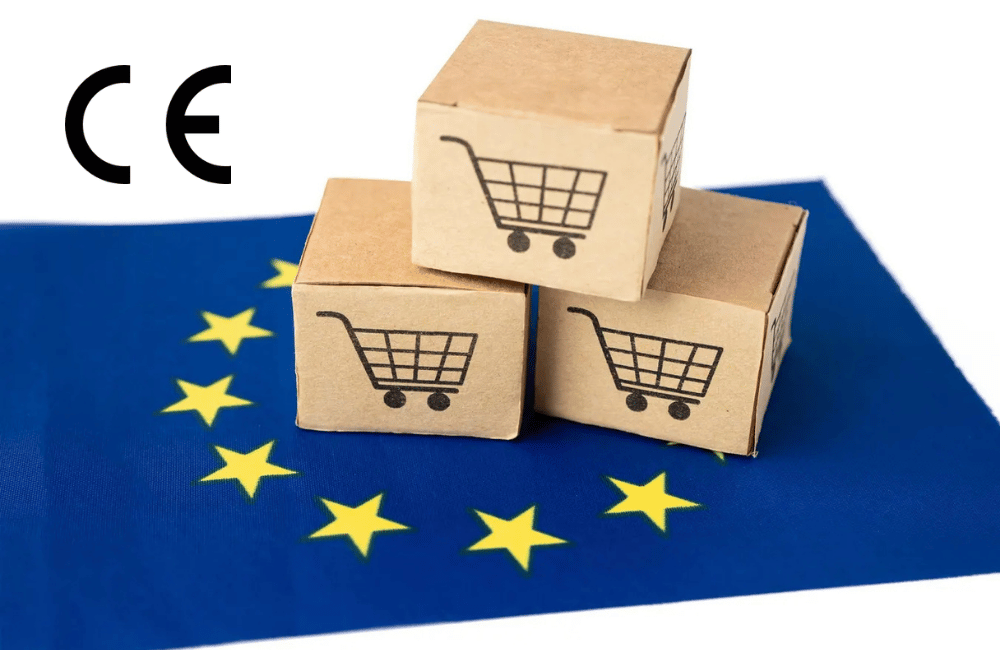
Why Is CE Certification Important?
Legal Requirements for EEA Market: CE marking is mandatory for many products sold or imported into the EEA (which includes the EU, Iceland, Liechtenstein, and Norway). Without it, products cannot legally be placed on the European market.
Why Is CE Certification Important?
- Simplifies cross-border trade across EEA countries
- Eliminates the need to meet each country’s separate compliance rules
- Builds trust and reputation in European markets
- Demonstrates commitment to product safety and environmental responsibility
Which Products Require CE Marking?
Products that often require CE marking include:
- Toys
- Machinery
- Electrical equipment (low voltage)
- Medical devices
- Personal protective equipment (PPE)
- Construction products
Products That Do Not Need CE Marking
Items like chemicals, pharmaceuticals, and cosmetics follow different regulations and do not need CE marking.
Documents Required for CE Certification
Technical Dossier
Manufacturers must compile a technical file detailing how the product meets EU requirements. This includes design, manufacturing, and operation details.
Manufacturer’s Declaration of Conformity
This is a formal statement by the manufacturer confirming that the product complies with all relevant EU directives.
Other required documents often include:
Step-by-Step Guide to Obtaining CE Marking
Step 1- Identify EU Requirements Figure out which directives and regulations apply to your product. Different products fall under different rules.
Step 2- Assess Product Compliance Ensure your product meets the specific standards required by the applicable EU directives.
Step 3- Conduct Product TestingYou may need to test your product, either in-house or via an external lab, to prove compliance.
Step 4- Compile Technical FileGather all documentation into a technical file that can be reviewed if requested.
Step 5- Affix CE Mark and Issue Declaration Finally, place the CE mark on the product and issue a Declaration of Conformity.
Understanding Self-Certification and Notified Bodies
Minimal Risk Products
Some products with low risk can be CE-marked through self-certification —the manufacturer simply declares conformity.
When to Involve a Notified Body
For higher-risk products, an independent third-party (called a Notified Body) must verify compliance. This ensures the product meets strict safety standards before hitting the market.
Risks of Non-Compliance With CE Marking
Legal Penalties
Failing to comply can result in:
- Product recalls
- Fines or legal action
- Loss of market access
Market Access Restrictions
Without CE marking, products cannot legally circulate in the EEA, limiting your business reach.
Conclusion:
Without CE marking, products cannot be legally sold in the EEA. CE marking ensures products meet essential safety and performance standards, minimizing risks to consumers and ensuring uniform compliance across Europe. It streamlines the approval process and avoids costly regulatory obstacles in each member state.
In short, CE certification is a crucial step for any manufacturer or importer looking to access the European market — ensuring both compliance and customer confidence.
Frequently Asked Questions (FAQ)
Our Services
News & Updates
